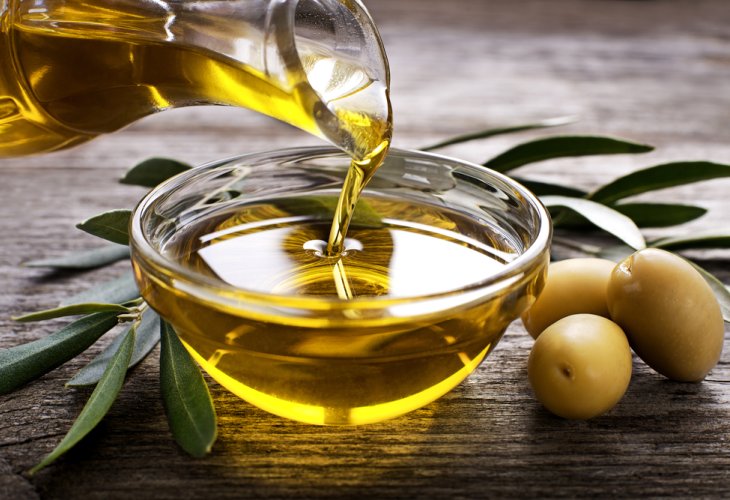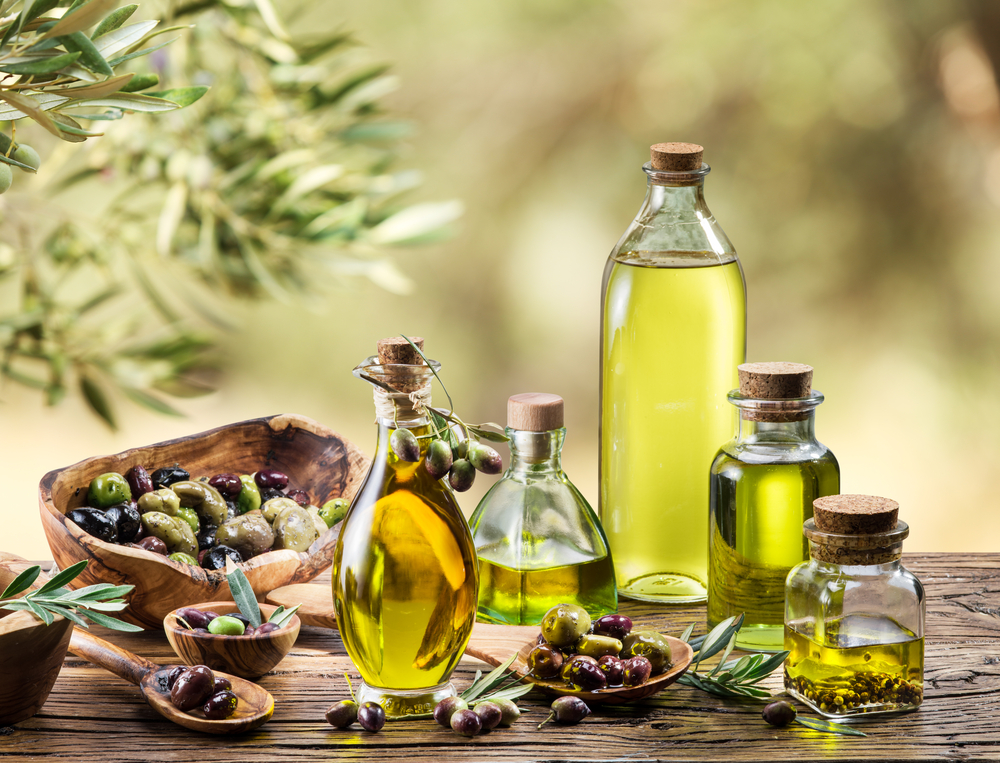Unlocking the Power of Olive Oil: 6 Essential Facts
Does the color of olive oil matter? How can you preserve its exquisite quality and why should it be a staple in your diet? Everything you need to know about olive oil.
 (Photo: shutterstock)
(Photo: shutterstock)We all use olive oil in some way, but not everyone is aware of its health benefits. Here are 6 surprising facts about olive oil that will inspire you to add a little more of it to your daily diet.
1. What is Extra Virgin Olive Oil?
Extra virgin olive oil is free of chemicals and produced by cold pressing. It contains an acidity level of up to 1%.
2. How to Recognize Quality Olive Oil
a. Notice its clarity – stale oil is spoiled.
b. High-quality olive oil has a current production date.
c. Color is not important, as it is affected by various factors like cultivation, harvest timing, and filtering. Also, exposure to light and heat can change the oil's color, so focus on taste and clarity instead.
 (Photo: shutterstock)
(Photo: shutterstock)
The Art of Olive Oil and Herbs: An Intriguing Visit
3. Proper Storage Conditions for Olive Oil
Olive oil can remain at its best for up to two years, although quality declines from the moment it's extracted. Keep it in optimal conditions: avoid heat, light, and oxygen. Never store olive oil under the sink.
Do not store in plastic bottles or clear bottles. Instead, use stainless steel containers or dark bottles (as light can spoil the oil).
4. One Olive Tree Produces 4 Liters of Oil Annually (the tree can live up to 600 years)
5. Health Benefits
a. Reduces "bad" cholesterol that clogs blood vessels.
b. Two tablespoons a day can reduce the risk of general heart diseases.
c. Lowers the risk of various cancers.
d. Helps reduce blood pressure.
e. Olive oil is efficient as a source of unsaturated fatty acids that inhibit oxidation processes and help lower "bad" cholesterol levels.
f. Aids in diets as the primary source for fish, legumes, vegetables, and fruits, improving blood sugar and fat levels.
A Guide for Beginners: What Blessing to Say Over Olive Oil?
6. If you decide to fry with olive oil, note that its smoke point is 220 degrees (compared to frying temperatures of 180 degrees). It's recommended to add olive oil at the end of cooking for maximum flavor.
Explore More on This Topic:
10 Great Things That Happen When You Start Using Olive Oil
New Research Reveals What the Sages Knew: Olive Oil Can Save Your Memory

